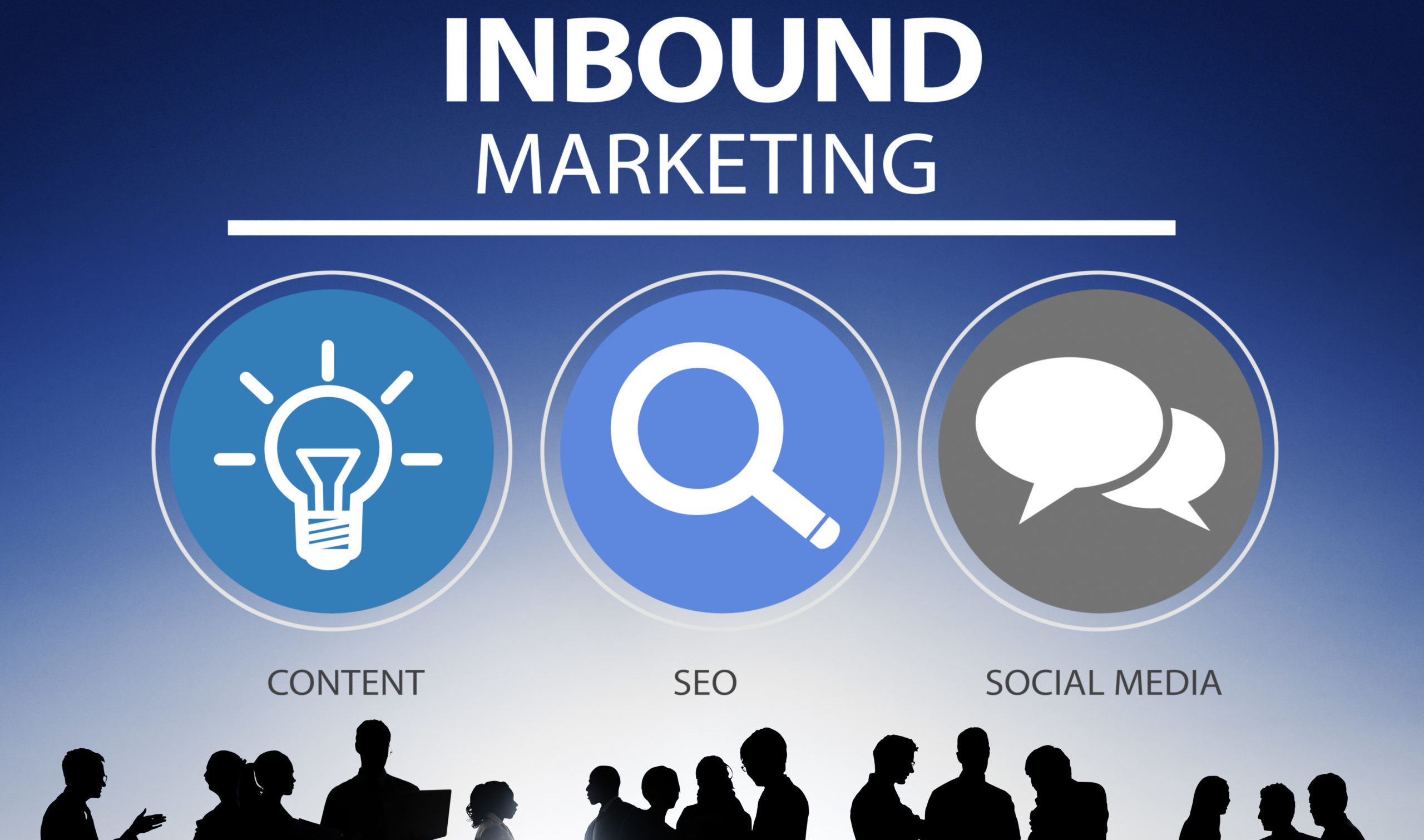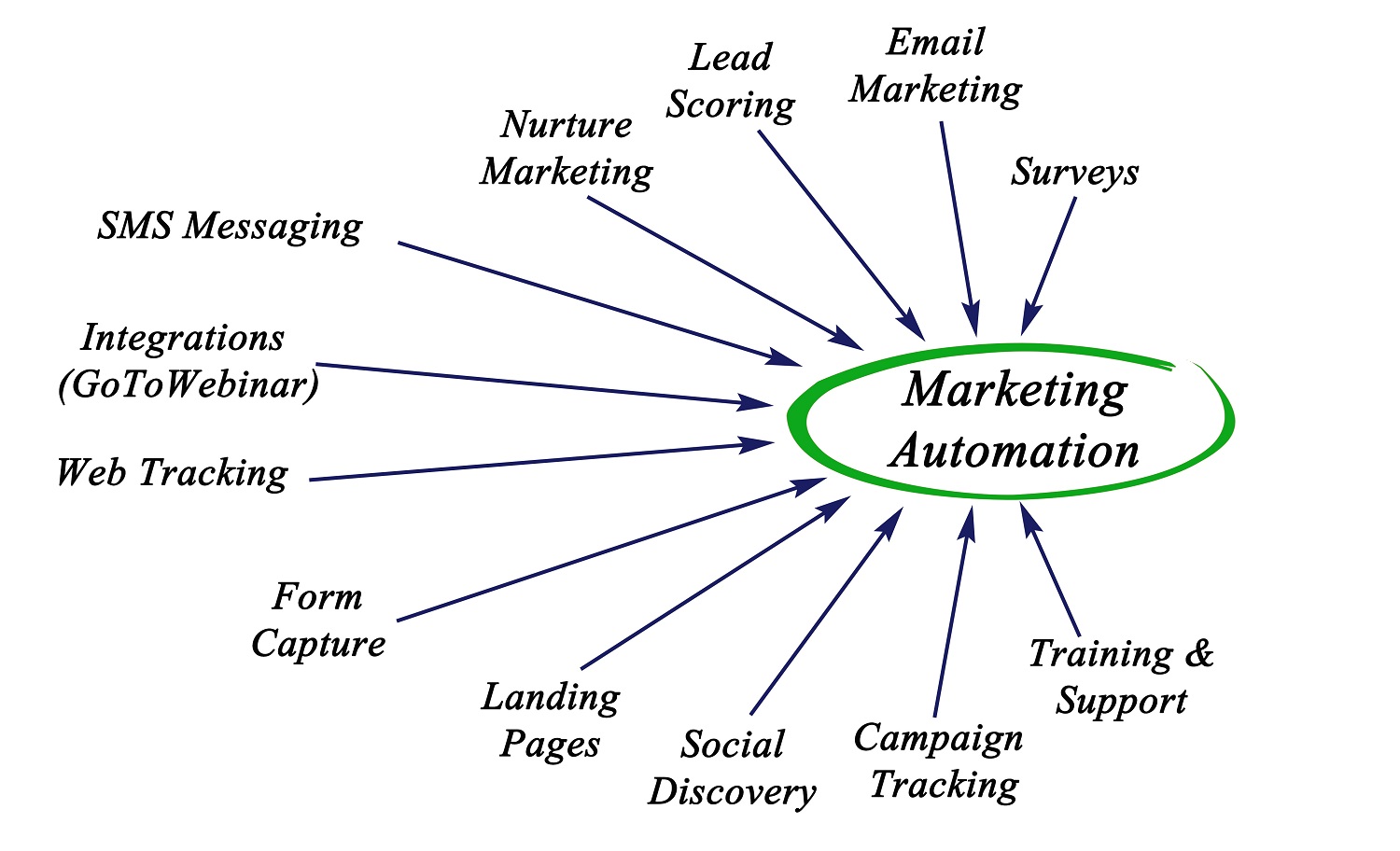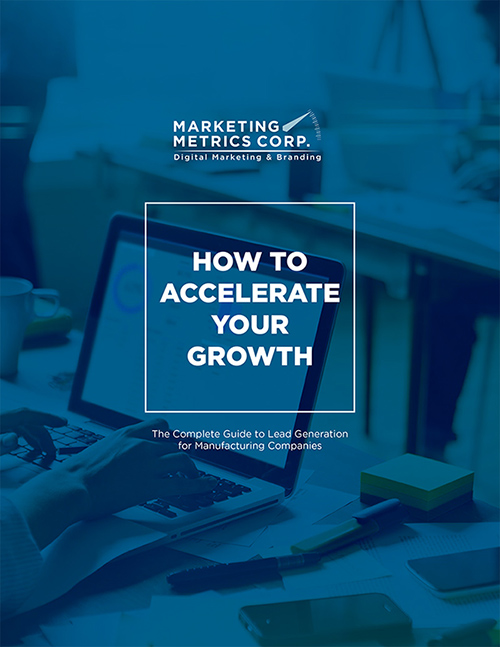Getting Started With SEO & Inbound Internet Marketing in Wisconsin
If you’re trying to build a business online, advertising is essential – but traditional advertising techniques do not work online! Entirely new marketing and outreach strategies are called for. These techniques are known as Inbound Marketing and Search Engine Optimization (SEO).
Inbound marketing and SEO are separate principles, but they work hand-in-hand. Knowledge of both is essential – but they’ll help you promote your website, boost your business, and build your leads list. That’s why so many invest in the services of a Wisconsin internet marketing company, like Marketing Metrics Corp.
In this guide, we’ll be covering the basics at a 101 level: why these techniques were developed, how they work, as well as how you can implement them on your own website.
- What Are Inbound Marketing And SEO?
Inbound marketing was developed early in the 2000s as the first crop of online businesses came to realize that traditional “push” marketing didn’t work very well on the Internet. Most Internet users simply ignore banner ads and other forms of overt advertising or even install software specifically intended to block ads from view. Likewise, while there is some value in using email for “direct mail” style campaigns, this too tends to yield slim results.
So, a new approach was developed: inbound marketing solutions also referred to as “content marketing.”
The principle behind it is simple: Create a website full of resources and rich in content, which is likely to appear when users employ Google to search for products or businesses similar to your own. So, rather than directly advertising yourself to them, you instead wait for them to come to you voluntarily. Then, once they’re at your site, your high-quality content inspires them to stay and read about your products or services.
This is where Search Engine Optimization comes in. SEO is the art of designing a website that is as likely as possible to show up near the top of Google results, putting your site in front of as many users as possible. SEO drives inbound marketing but is ineffective without a site built for inbound.
So, from the customer’s perspective, the buyer’s journey looks like this:
- They independently have an interest in a product or service that you sell.
- They run a Google search for that product or service, usually a question related to it.
- The Google results include a relevant article from your website.
- They click on the link to your site, reading the article.
- Enjoying the content, they click through to other product or service offerings on your site.
- Depending upon where they are in their decision making process, they may either convert and send a RFQ or purchase a product online.
It’s indirect, but for over a decade this has proven to be by far the most effective way of driving traffic to your website, creating leads and sales.
- Six Steps To Getting Started With Inbound Marketing And SEO
Getting started with these techniques will require substantial preparation. Plus, most importantly, it takes time. Inbound / SEO takes time to research and prepare, and they also take time to show results. Patience is required to see the proper payoff.
Here’s how to get started.
1 – Take an inventory of your assets and prepare for data tracking
If you’re truly starting from zero, there’s nothing to do here, but it’s better to lay some groundwork. What marketing materials do you already have which could be put on your website and reused as content? Good inbound content is not overtly promotional (aside from a call-to-action or CTA at the end), so look for materials that are primarily informational in nature.
Also, take whatever data you have on the results of previous marketing campaigns, and create a spreadsheet. You’ll want to use them as benchmarks going forward when measuring the success of your new inbound campaigns.
2 – Create buyer personas for your target market
A buyer persona is a kind of character sheet, a generalized description of a typical person you’d want to target with your marketing. This should contain all their basic demographic information (age, sex, location, etc.) but it can be as detailed as you want. The more detail, the better. Job title, role in decision making, daily job responsibilities, fears, worries, hopes, goals, lifestyle, daily routine… the point is to understand your customers, based on data you have on them.
Good content is targeted. Buyers want to feel like they’re reading materials written specifically for them, rather than something written to appeal to everyone. All the content you make should target these personas specifically.
3 – Research your SEO
Good SEO can be the topic of its own article, but in brief: you want the content on your website to match up with what your buyers are searching for. So use tools such as the Google Keyword Planner or SEMRush to discover which search terms are associated with your website – as well as those of your competitors. In general, you want to keep an eye on your competition’s SEO strategies and adapt yours accordingly.
This SEO research will then dictate what topics, keywords, and questions you’ll want to focus on for your inbound content.
4 – Create a marketing strategy, content calendar, and goals
Once your research is done, it’s time to start seriously planning. Your marketing strategy should outline what topics you intend to cover, and how they will be pitched towards your buyer personas / markets. Remember to write content that will appeal to industrial buyers and specifiers throughout their decision-making process. Also, define stylistic elements, such as the “voice” used in your content. Are you professional? Casual? Do you write in first-person or third-person? Your content should be consistent in terms of its tone.
A content calendar is exactly what it sounds like, and gives you a guide towards publishing in months ahead.
Finally, create goals that are clear, concise, and measurable. Use actual numbers whenever possible! Don’t merely aim for increasing sales, aim to increase sales by 10%, or another specific figure.
5 – Start publishing content
Once the groundwork is laid, it’s time to start producing and publishing content. Blog articles are the most common and popular form, but any form of media can be used in inbound marketing. Articles, infographics, memes, videos, podcasts… vary it up so that you attract a wide audience.
Consistent publishing is key! Ideally, something new should be posted once a week, and consider once-a-month to be the bare minimum. Continuous new content helps push your website towards the top of Google searches.
6 – Measure, track, and refine
Inbound marketing is an ongoing process. It’s never “solved.” Track the results of your efforts and look to make tweaks to increase their effectiveness. At first, you’ll be guessing at what content your readers want. Use viewer numbers to fine-tune your targeting and choice of topics.
Then keep track of everything in a spreadsheet or similar program. The longer you work on your inbound campaigns, the more data you’ll have to analyze and draw insights from.
Those are the basics. Expect at least 6 months before you start really seeing results. Inbound is a “slow and steady” exercise that gains momentum over time.
Choose Marketing Metrics Corp. for effective Inbound Marketing
Getting started in inbound marketing and SEO can be difficult – but we make it easy. We’re Wisconsin’s top digital marketing agency, and we can deliver the full package. We’ll help you design a great website and populate it with the content you need to stand out in Google searches, combined with the effective use of social media and other outlets.
Contact us online today to learn more or call (262) 691-9229.










